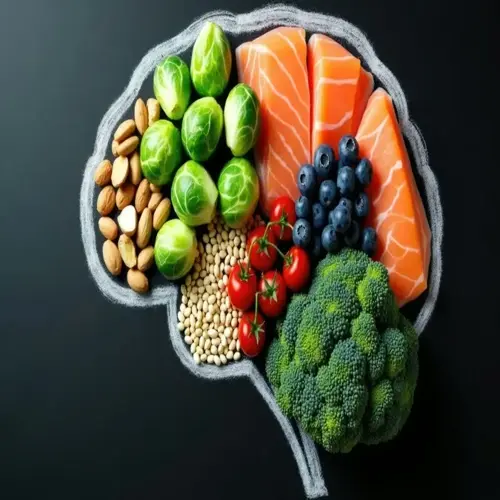How can vegetarians ensure adequate zinc intake?

Written by
Stella Nilsson
Reviewed by
Prof. Benjamin Murphy, Ph.D.Zinc poses a special challenge for vegetarians due to certain substances present in plants that can reduce the absorption of the mineral. The phytates in grains and legumes compound the difficulty of getting enough zinc because they combine with it and make it unavailable. Only 15-20% of the zinc present in plant foods is absorbed, compared with about 50% of that contained in animal foods. With a little consideration in selecting foods, these difficulties can be easily overcome.
Phytate Reduction Methods
- Soak legumes 12 hours in 104°F (40°C) water with lemon juice or vinegar
- Sprout seeds and grains for 3 days to activate zinc-releasing enzymes
- Ferment soy into tempeh to break down 60% of mineral inhibitors
Absorption Boosters
- Pair zinc sources with vitamin C foods like bell peppers or citrus
- Combine legumes with allium vegetables (garlic/onions) for better uptake
- Use yeast-based breads instead of quick-rise varieties for reduced phytates
Strategic food combinations maximize zinc utilization in vegetarian diets. Serve lentil curry prepared with a tomato sauce to enhance its vitamin C content. Sprinkle pumpkin seeds and strawberries over oatmeal. Blend hemp seeds with spinach salad and lemon dressing. These food pairs yield a total zinc absorption of 35% effectiveness.
Daily intake requirements differ for vegetarians due to issues with bioavailability. Omnivores only need 8-11 mg per day, while vegetarians might need as much as 50% more. Food rich in zinc should be a prominent feature at each meal, including seeds and legumes. The important thing is to take this quantity regularly so that optimal levels of zinc can be maintained throughout the day.
The practical implementation facilitates the sustainable consumption of zinc. Sauté and cook soaked beans to last for a week, and have them on hand. Also, roast seeds for snacks and toppings. Meal planning is centered around zinc- and vitamin C-containing foods, such as a chickpea salad with sweet peppers. These habits will assure an adequate intake of zinc without depending on supplements.
Read the full article: 10 Top Zinc Rich Foods to Eat

